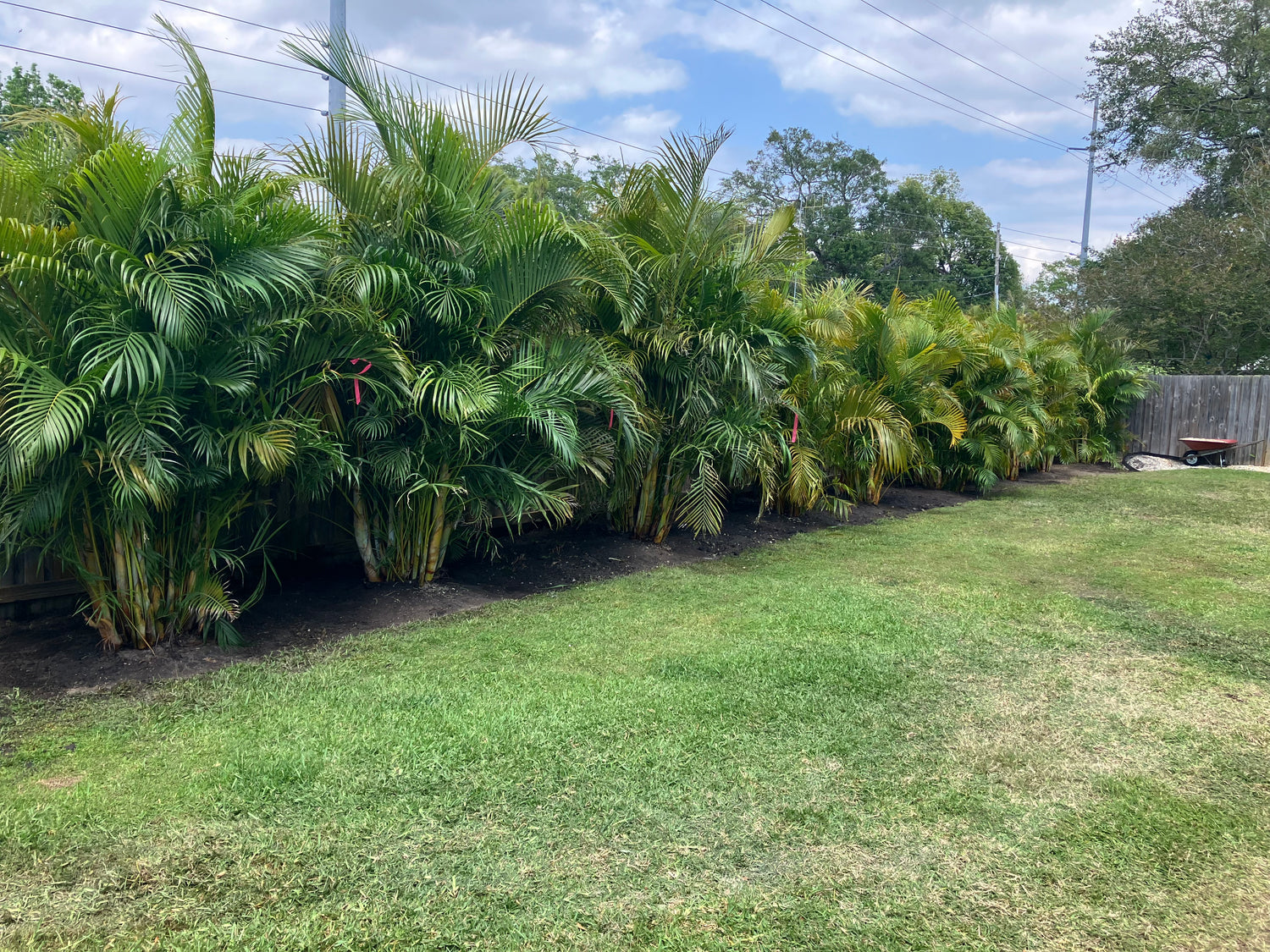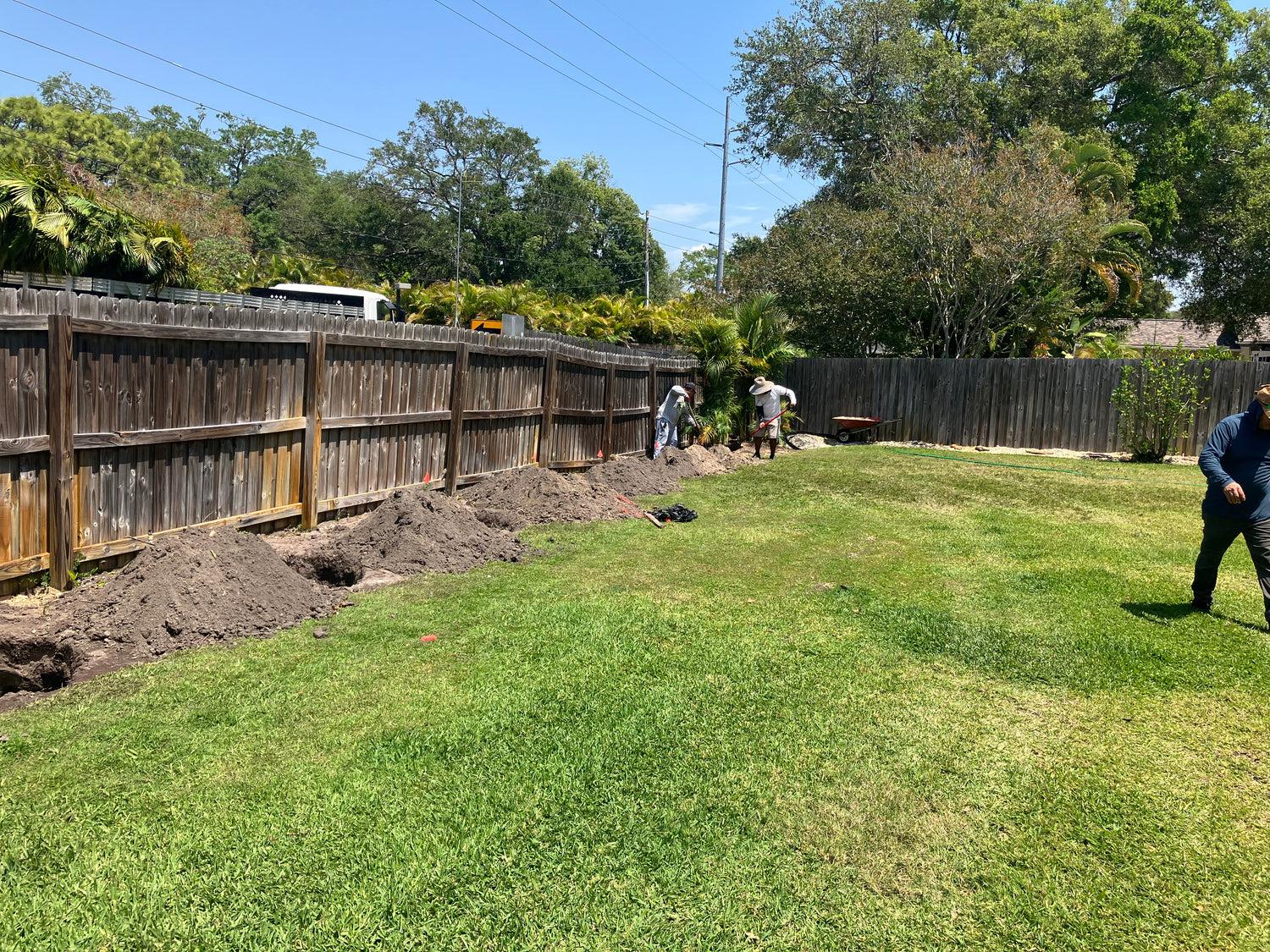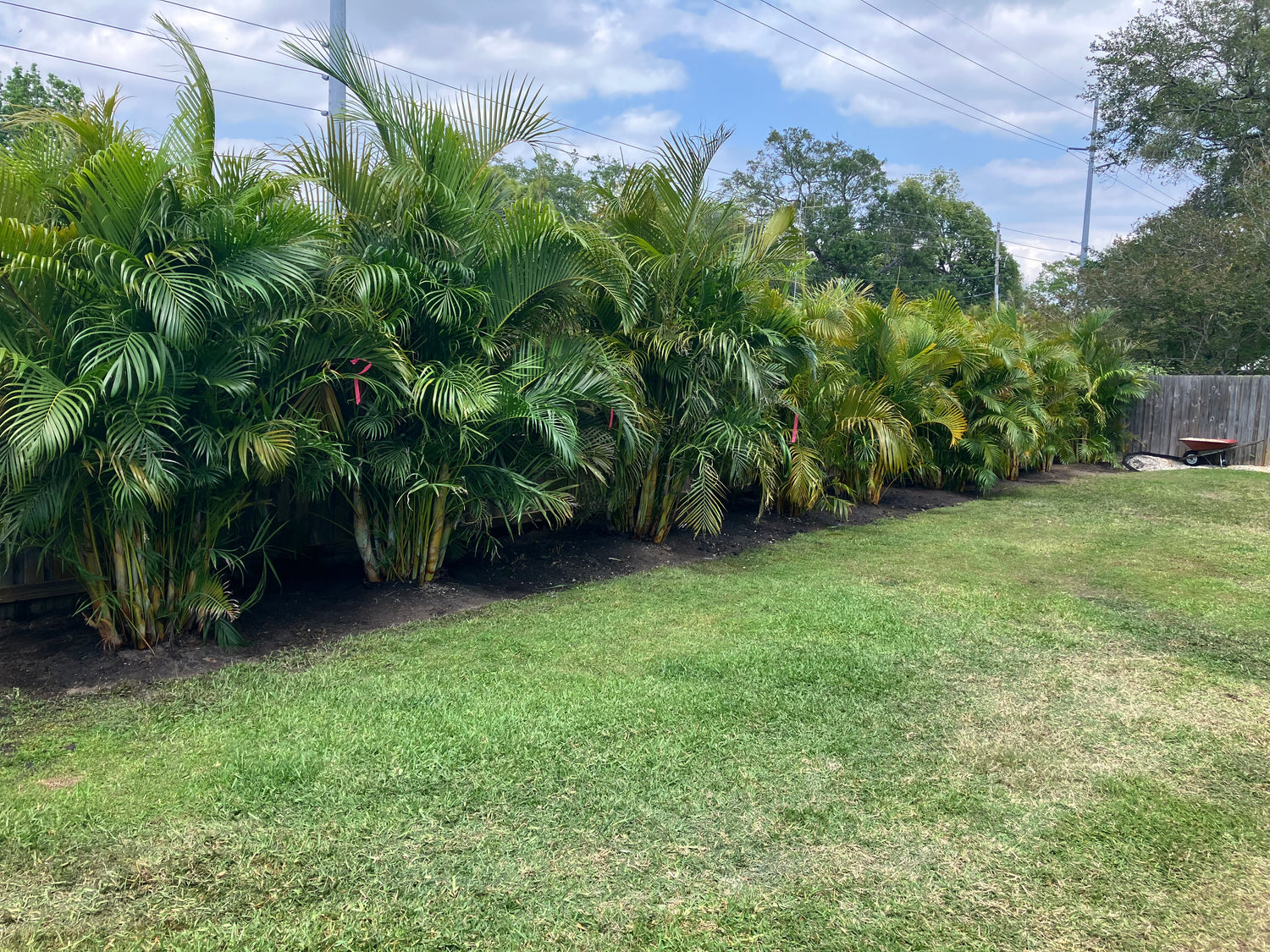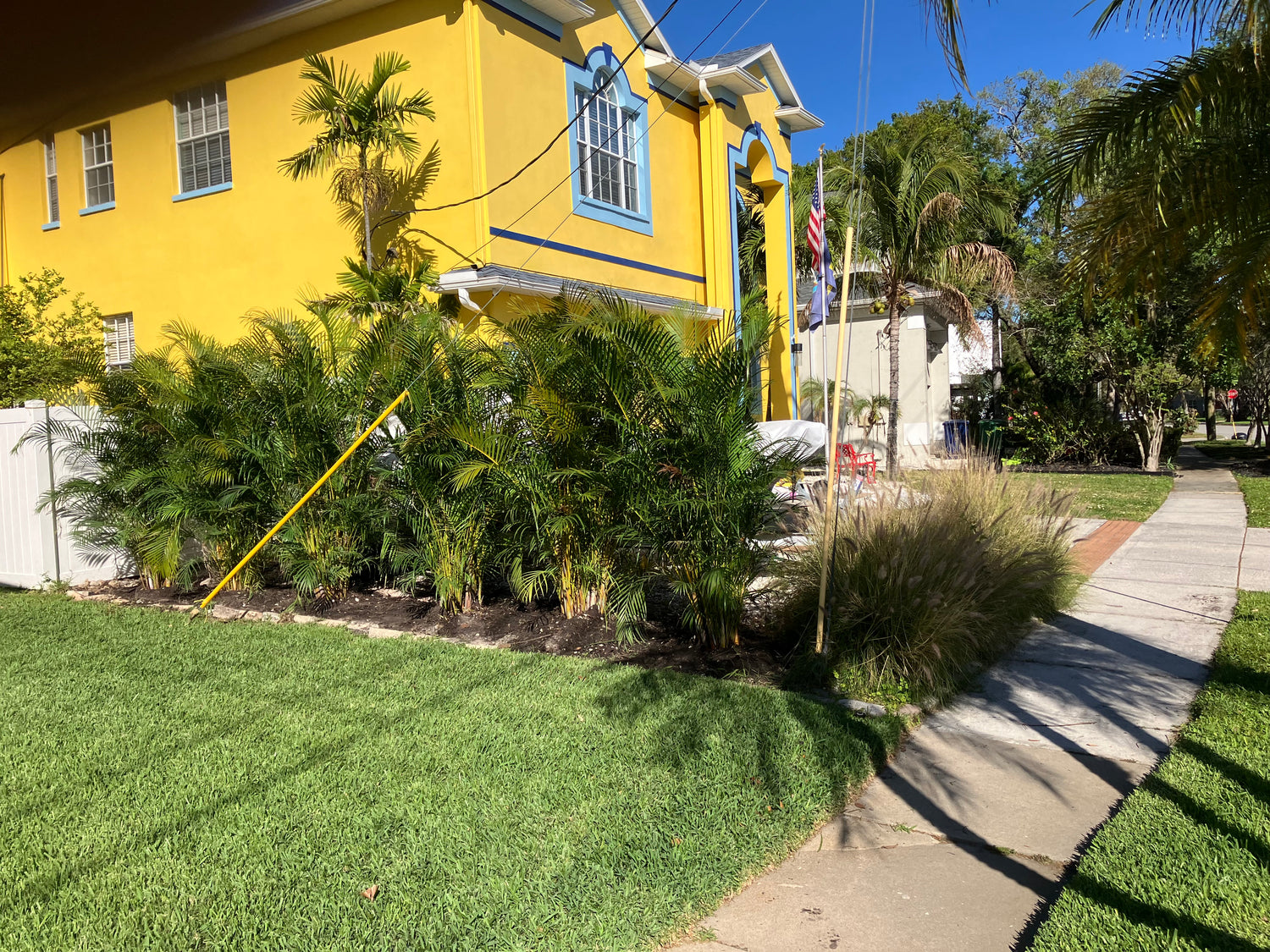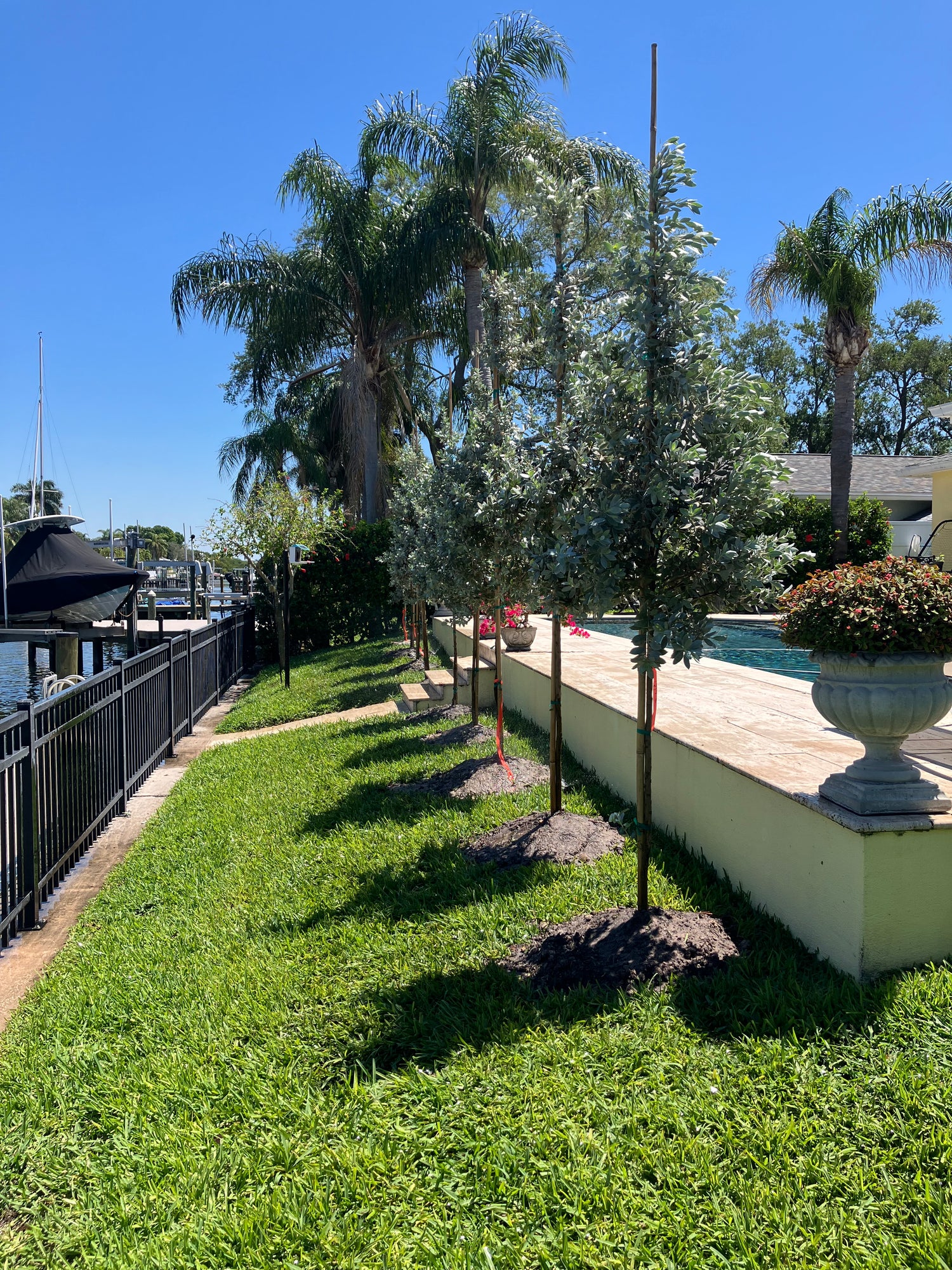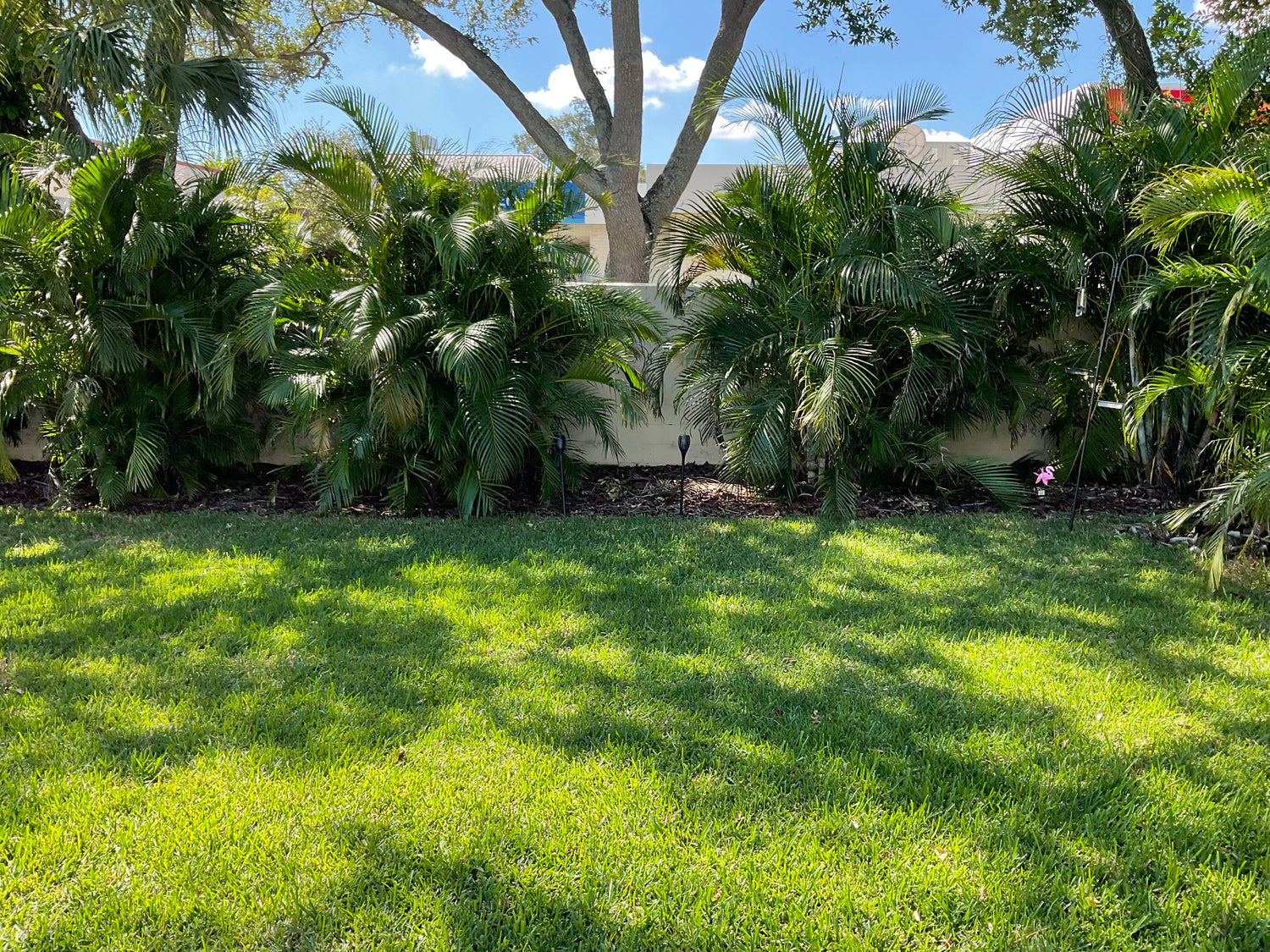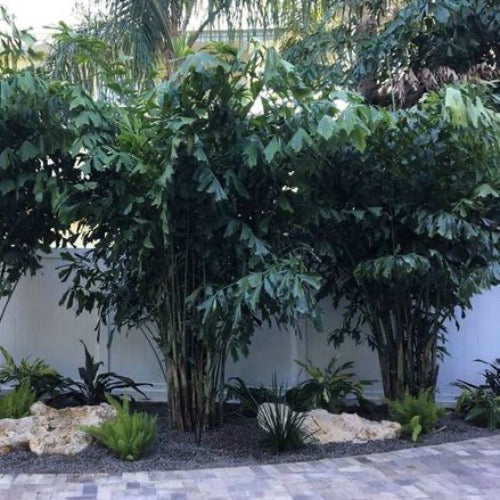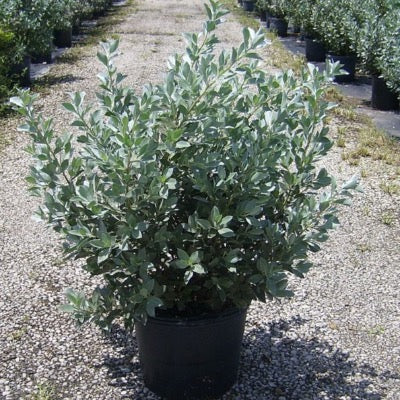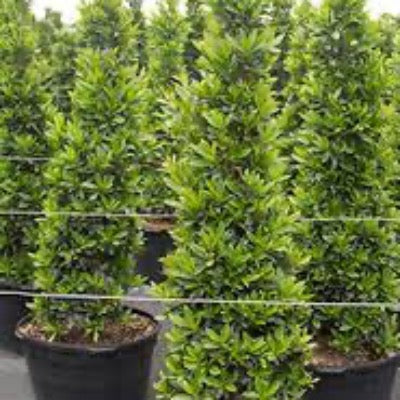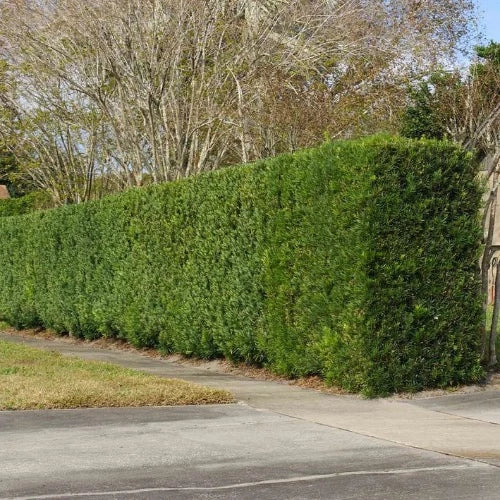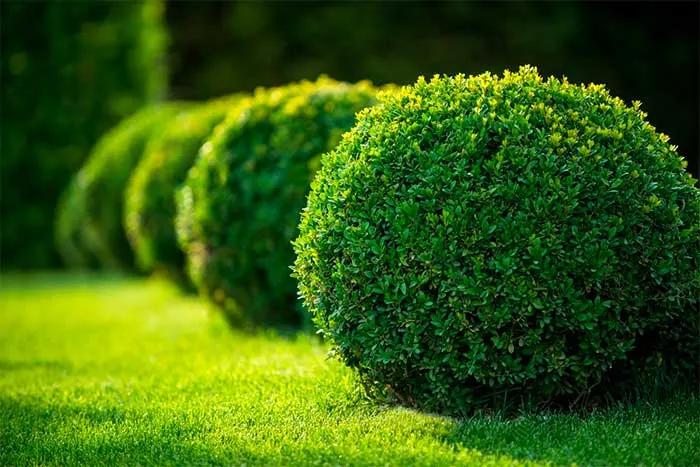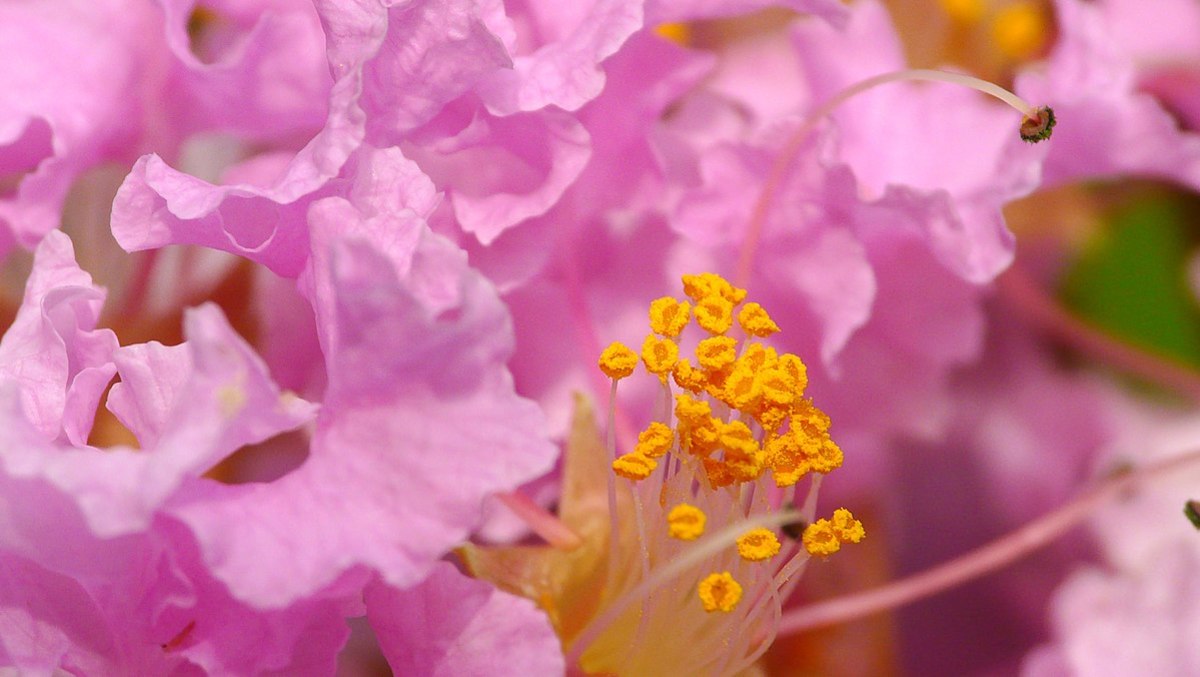Contact form
FREE PROPERTY VISIT & ESTIMATE
Whether you have a question about the products, need recommendations, or need a property visit.
PHOTOS OF PRODUCTS - Before delivery we provide photos of the actual products you will receive.
-
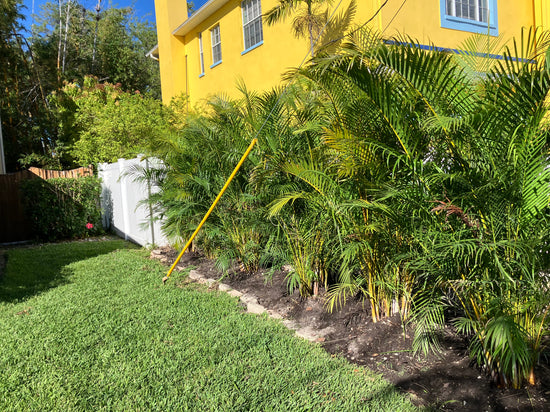
Areca Palm
The Areca palm trees are a favorite palm for privacy, screening and garden backdrops in many Cape Coral landscaping projects. We recommend using the Butterfly Palm Trees as a living fence to provide privacy from neighbors, or block the view from the street into your home.
- These palms are a great choice for natural privacy screening.
- Not just another pretty face, the dramatic areca palm can double duty as a spectacular tropical privacy screen.
- It is sometimes called the "Butterfly Palm"-because they are full and dense.
- Areca palms are slow to moderate growers for sun and shade and can reach heights of 15 to 20 feet.
- These palms are a great choice for natural privacy screening.
-
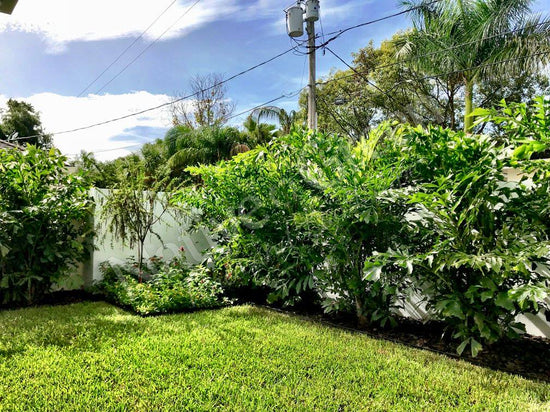
Fishtail Palm
The fishtail palm was named for its unusual leaves - shaped like a jagged fish's tail - which form thick, swirled layers of ruffled fronds.
Fishtails are clustering palms that grow dense and full.
They can be used as privacy screens - especially while they're young - and create a draping mass of deep green leaves among large trunks as they age.
Many homeowners opt for growing a fishtail in an area where they've been considering clumping bamboo.
- These palms are a great choice for natural privacy screening.
- Not just another pretty face, the dramatic palm can double duty as a spectacular tropical privacy screen.
- Fast growers for sun and shade & can reach heights of 15 to 20 feet and more.
- These palms are a great choice for natural privacy screening.
-
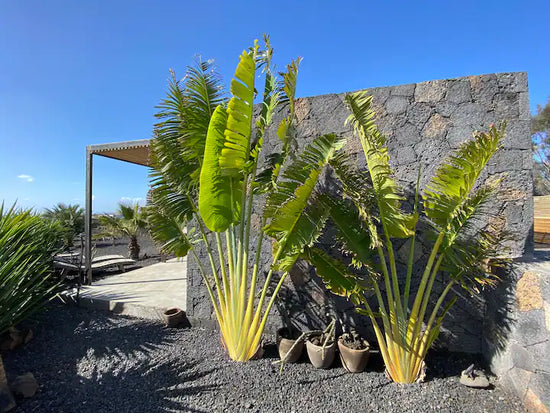
Travelers Palm
The beautiful and legendary travelers palm is not a palm at all, but spectacular palm-like imposter related to bananas and bird of paradise.
- The farther south in Florida you go the taller they can get. In northern areas they'll get about 30 feet high. Close to Miami they may reach 50 feet - or more.
- The growth rate is fast until a trunk begins to develop. Then the plant settles into a nice, moderate pace.
- These plants like full sun but can handle part shade.
- The farther south in Florida you go the taller they can get. In northern areas they'll get about 30 feet high. Close to Miami they may reach 50 feet - or more.
-
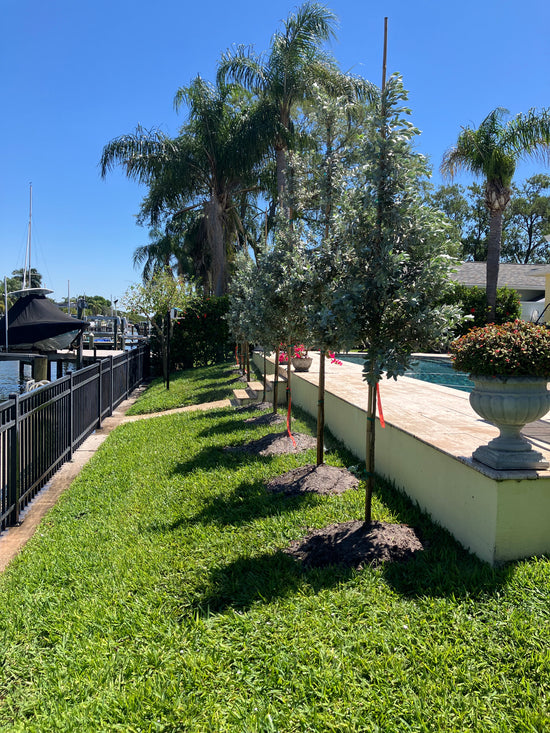
Buttonwood Silver
The Buttonwood Silver Tree, scientifically known as Conocarpus erectus var. sericeus, is a unique and visually striking plant. It is a variety of the Buttonwood tree, which is native to the coastal and mangrove regions of the Americas, particularly Florida and the Caribbean.
- It is a large deciduous tree that can grow up to 30-40 meters tall, with a broad, rounded crown and a thick, sturdy trunk.
- The tree is known for its distinctive bark, which peels away in patches to reveal a white or light gray inner bark, giving it a mottled appearance.
- Buttonwood trees are highly adaptable and can thrive in a variety of soil conditions, including wet, dry, and urban soils. They are often found along rivers and streams.
-
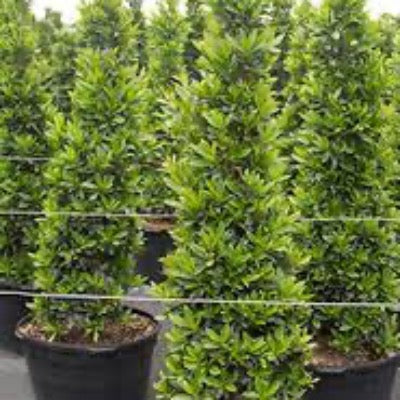
Japanese blueberry tree
The Japanese Blueberry Tree typically grows to a height of 20 to 60 feet, with a spread of 20 to 40 feet, making it a striking addition to any landscape. The leaves are elliptical in shape, starting out as a bronzy-red color when they are young, then turning a glossy, dark green as they mature. In the fall, the leaves transform into a fiery red or orange before they drop, revealing the tree's smooth, gray bark.- The Japanese blueberry tree, scientifically known as Elaeocarpus decipiens, is a small to medium-sized evergreen tree native to Japan and Taiwan.
- It is highly valued for its attractive foliage, which consists of glossy, dark green leaves that have a unique blue-green hue on the undersides.
- The tree produces small, white, bell-shaped flowers in spring, which are followed by small, round blue fruits that resemble blueberries. However, these fruits are not edible for humans and are primarily consumed by birds.
- Japanese blueberry trees are popular choices for ornamental landscaping due to their elegant appearance and ability to provide shade. They can be grown as standalone trees or pruned into hedges or topiaries.
- These trees prefer well-drained soil and full sun to partial shade. They are relatively low-maintenance and can tolerate a range of soil conditions, making them suitable for various climates and landscapes.
-
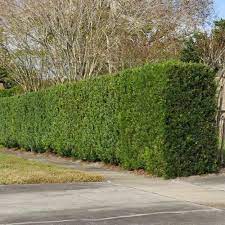
Podocarpus
A slow growing, evergreen shrub with soft, shiny, dark green, needle like foliage. Best planted in mass to function as a dense sheared hedge or tall screen. Takes to shearing well and is often utilized for topiaries.
Potted plants are often grown indoors in brightly lit rooms, such as an office. Plant directly into the ground in USDA zones 7-9, otherwise, either grow in a container and move to a sunny, frost free location to overwinter, or simply replace it the following spring with a whole new plant.
- Birds are attracted to the inedible fruit
- Lustrous dark green foliage all year long
- Undemanding slow growing shrub, which if left untrimmed, can grow 15 ft. tall to 30 ft. tall and 10 ft. W to 20 ft. W
- Thrives in full sun to part shade and grows best in organically rich, slightly acidic, well-drained soil
- To accommodate mature size, space about 60 in. away from other plants or structures, for hedges, space 48 in. on center or closer for faster coverage
Plant It Tampa Bay
Areca Palm - Butterfly Palm



Plant It Tampa Bay
Fishtail Palm

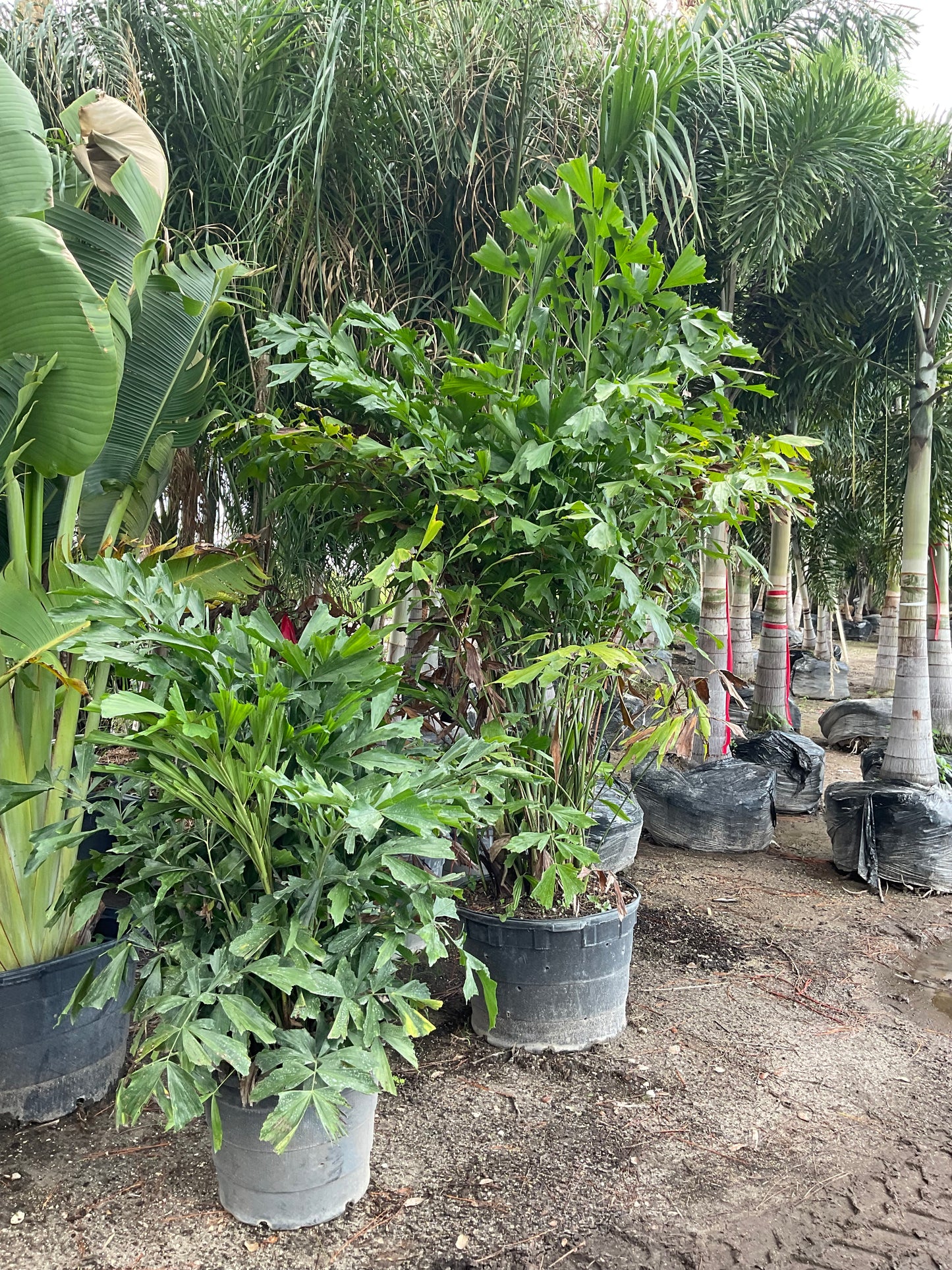



Plant It Tampa Bay
Travelers Palm

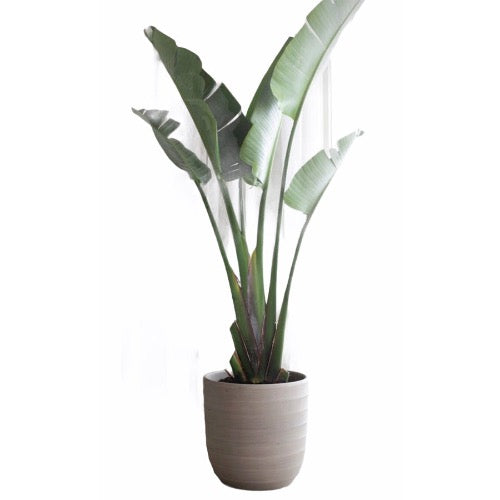
Plant It Tampa Bay
Buttonwood Silver


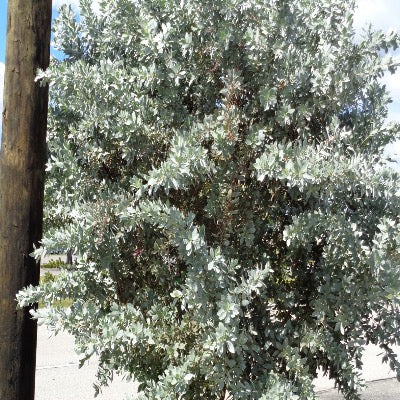
Plant It Tampa Bay
Japanese Blueberry Tree


Plant It Tampa Bay
Podocarpus





